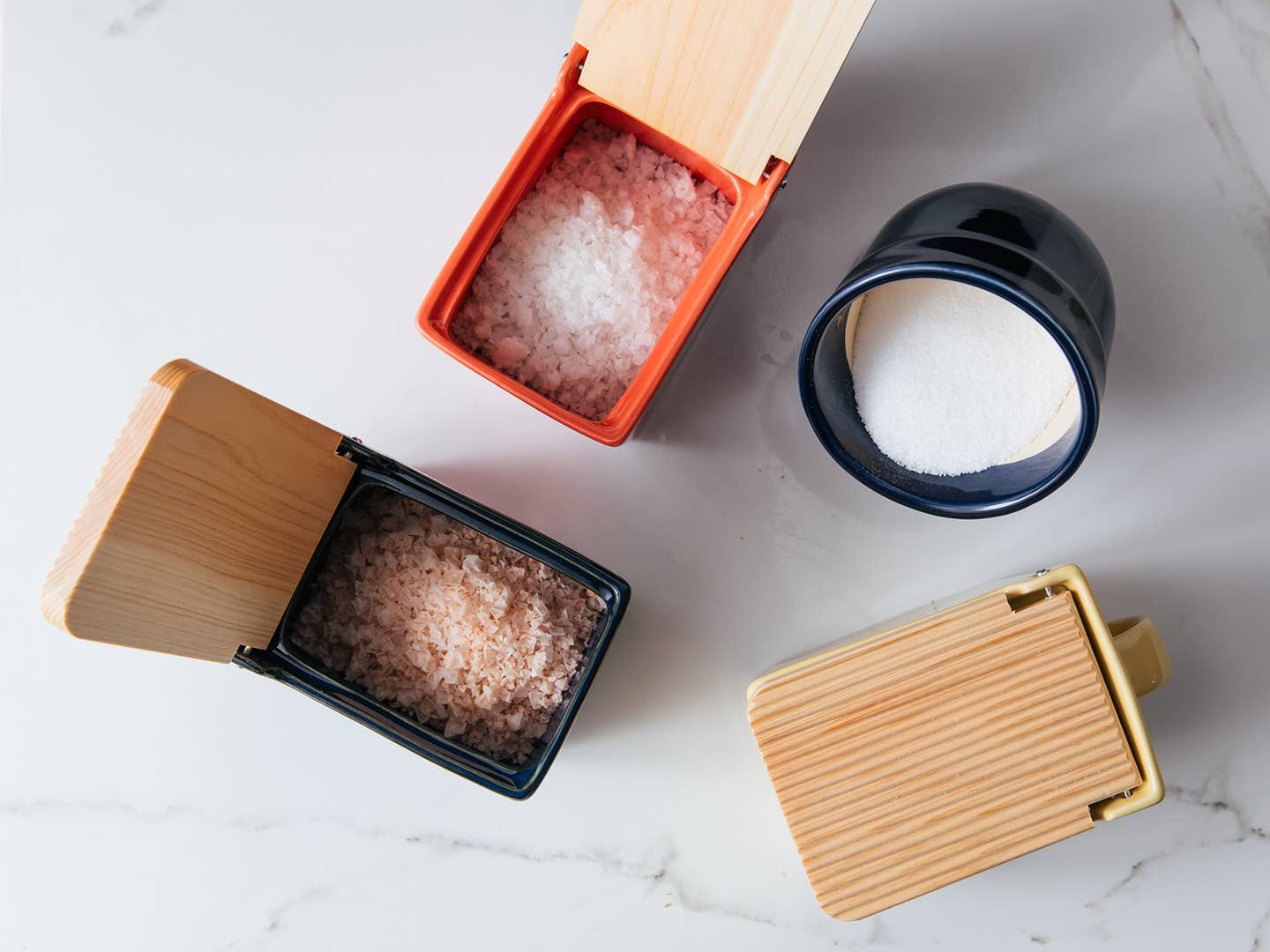

Articles
How To Store Salt In Kitchen
Modified: December 7, 2023
Discover effective ways to store salt in your kitchen with these informative articles. Keep your salt fresh and easily accessible for all your culinary needs.
(Many of the links in this article redirect to a specific reviewed product. Your purchase of these products through affiliate links helps to generate commission for Storables.com, at no extra cost. Learn more)
Introduction
Welcome to the world of salt! Salt is not only a vital ingredient in cooking, but it also plays a crucial role in preserving food and adding flavor to our favorite dishes. However, have you ever stopped to consider how you store your salt in the kitchen? Proper salt storage is often overlooked, yet it is essential in maintaining the quality and taste of your salt.
In this article, we will delve into the importance of proper salt storage and explore various factors to consider when storing salt in your kitchen. We will also discuss different types of salt containers, best practices for salt storage, and how to avoid common mistakes. By following these guidelines, you can ensure that your salt remains fresh, free-flowing, and full of flavor.
So, let’s dive in and discover the secrets of salt storage!
Key Takeaways:
- Proper salt storage is crucial for maintaining freshness, flavor, and usability. Choose airtight containers, avoid moisture exposure, and follow best practices to ensure your salt remains free-flowing and ready to elevate your dishes.
- Consider factors like humidity, temperature, and container material when storing salt. Avoid common mistakes such as moisture exposure and mixing salt varieties. Regular maintenance and cleaning of salt containers are essential for preserving quality and flavor.
Read more: How To Store Salt
Importance of Proper Salt Storage
Proper salt storage is key to maintaining the quality and integrity of this essential kitchen ingredient. Here are a few reasons why it is important to store salt correctly:
- Prolongs Shelf Life: Salt has an indefinite shelf life when stored properly. Exposure to moisture, air, and sunlight can cause salt to clump or deteriorate over time. By storing salt in the right conditions, you can ensure its longevity and prevent unnecessary waste.
- Maintains Flavor: Salt is known for its ability to enhance the flavors of food. When exposed to moisture, salt can become damp and lose its potency. Proper storage prevents moisture absorption, allowing salt to retain its flavor and perform its culinary magic.
- Prevents Contamination: Unsealed salt containers are susceptible to contamination from dust, bugs, and other foreign particles. Storing salt in airtight containers keeps it clean and free from any unwanted additions.
- Enhances Free Flow: Nothing is more frustrating than trying to sprinkle salt on your dish only to find it clumped together. Proper storage methods, such as using salt containers with airtight seals or desiccant packs, prevent clumping and ensure salt flows freely when needed.
By paying attention to salt storage, you can maximize its freshness, flavor, and usability.
Factors to Consider for Salt Storage
When it comes to storing salt in your kitchen, several factors should be considered to ensure optimal preservation. Here are some key factors to keep in mind:
- Humidity: Salt readily absorbs moisture from the air, which can lead to clumping and degradation. Choose a storage location that is dry and has low humidity to minimize moisture absorption.
- Temperature: Extreme heat or cold can impact the quality of salt. Avoid storing salt near the stove, oven, or other heat sources, as elevated temperatures can cause clumping and moisture retention. Similarly, storing salt in a cold environment can cause it to become brittle. Aim for room temperature storage for best results.
- Sunlight: Exposure to direct sunlight can cause salt to degrade and lose its flavor. Keep your salt containers away from windows or any other sources of direct sunlight.
- Airtight Containers: To prevent moisture absorption and keep salt fresh, store it in airtight containers. This helps maintain the quality and free flow of salt by minimizing exposure to air and moisture.
- Container Material: Choose containers made of materials that are resistant to moisture and do not react with salt. Glass, ceramic, and stainless steel containers are excellent options for salt storage.
- Sealing Mechanism: Ensure that the salt containers you choose have a reliable sealing mechanism to keep air and moisture out. This can be in the form of a screw-on lid, a flip-top seal, or a silicone gasket.
- Desiccant Packs: Consider placing desiccant packs or moisture-absorbing materials, such as silica gel packets, in your salt containers. These help to absorb any moisture that may be present, keeping your salt dry and free-flowing.
By considering these factors, you can create an optimal environment for storing your salt, prolonging its shelf life and maintaining its quality and flavor.
Different Types of Salt Containers
When it comes to selecting a container for salt storage, there are several options available. The choice of container depends on personal preference, kitchen decor, and the level of protection desired. Here are a few common types of salt containers:
- Glass Jars: Glass jars are a popular choice for storing salt due to their transparency and aesthetic appeal. They allow you to easily see the salt inside and are available in various sizes and shapes to suit your needs.
- Ceramic Canisters: Ceramic canisters offer a stylish and rustic option for salt storage. They are durable, moisture-resistant, and can help keep salt fresh and dry. Ceramic canisters often come with airtight lids, ensuring proper sealing.
- Stainless Steel Tins: Stainless steel tins are a practical choice for salt storage. They are resistant to moisture and do not react with salt. Stainless steel tins often have secure lids that provide an airtight seal, keeping salt fresh and free-flowing.
- Wooden Salt Boxes: Wooden salt boxes, also known as salt pigs, are traditional containers used to store salt in the kitchen. They have a hinged lid or a swivel-type lid that allows for easy access to salt while keeping it protected from moisture and contaminants.
- Magnetic Containers: Magnetic salt containers are a space-saving option that can be attached to the side of your refrigerator or any other magnetic surface. These containers typically have a clear window for easy salt identification and are convenient for keeping salt within arm’s reach while cooking.
- Salt Shakers: Salt shakers are a classic choice for table salt. They come in various sizes and materials, including glass, metal, or plastic, and have perforated tops for easy sprinkling. Salt shakers are ideal for convenient use during meals or baking.
- Salt Cellars: Salt cellars are small dishes or containers with a lid or cover to protect the salt from moisture and contaminants. They are usually placed on the dining table or kitchen countertop for easy access while cooking or seasoning food.
Choose a salt container that meets your needs in terms of functionality, aesthetics, and the level of protection you desire for your salt. Ultimately, the right container will help keep your salt fresh and easily accessible for all your culinary adventures.
Choosing the Right Container for Salt Storage
When selecting a container for salt storage, there are a few key factors to consider. Here are some tips to help you choose the right container:
- Airtight Seal: Look for containers with a tight-fitting lid or another type of sealing mechanism. An airtight seal prevents air and moisture from entering the container, which helps keep the salt dry and free-flowing.
- Material: Consider a container made of a material that is resistant to moisture and won’t react with salt. Glass, ceramic, and stainless steel are popular choices for salt storage, as they are non-reactive and provide good protection.
- Size and Capacity: Assess your salt usage and storage needs to determine the appropriate size and capacity for your container. Consider factors like the frequency of use and the amount of salt you typically store.
- Visibility: It can be helpful to choose a container that allows you to see the salt inside. Transparent or translucent containers, such as glass jars, enable you to easily monitor the quantity and condition of the salt.
- Ease of Use: Consider how easy it is to access and dispense salt from the container. Look for containers with wide openings or shaker tops that provide convenience while cooking or seasoning.
- Style and Design: Select a container that fits your personal taste and complements your kitchen decor. Aesthetics can play an important role in choosing a container that you’d be proud to display in your kitchen.
- Consider Other Options: Aside from traditional containers, consider unconventional options such as magnetic containers or salt pigs, which can add a unique touch to your kitchen and offer convenient storage solutions.
Ultimately, the right container for salt storage will meet your functional needs, preserve the quality of the salt, and complement your kitchen decor. Take the time to explore different options and choose one that suits your preferences and requirements.
Store salt in an airtight container to prevent clumping and moisture absorption. Keep it away from heat and humidity to maintain its quality.
Read more: How To Store Rock Salt
Best Practices for Storing Salt in the Kitchen
To ensure that your salt remains fresh and of highest quality, follow these best practices for storing salt in the kitchen:
- Choose the Right Location: Select a cool, dry, and dark area in your kitchen to store salt. Avoid placing it near heat sources, such as stoves or ovens, as heat can cause clumping and moisture retention.
- Opt for Airtight Containers: Store salt in airtight containers to prevent moisture absorption and keep it dry. Glass jars, ceramic canisters, or stainless steel tins with tightly sealed lids are excellent options for maintaining the freshness and integrity of salt.
- Avoid Exposure to Sunlight: Keep your salt containers away from direct sunlight. Sunlight can degrade the quality of salt and result in loss of flavor. Store salt in a shaded area or inside a pantry or cabinet.
- Use Desiccant Packs: Place desiccant packs or moisture-absorbing materials, such as silica gel packets, inside your salt containers. These packs help absorb any moisture that may be present, keeping salt dry and free-flowing.
- Keep Salt away from Moisture Sources: Be mindful of storing salt away from sources of moisture, such as dishwashers or sinks, as excess moisture in the vicinity can lead to clumping and deterioration of salt quality.
- Regularly Check for Clumps: Periodically check your salt containers for clumps and break them apart using a fork or spoon. This will help maintain the free-flowing nature of salt and prevent it from becoming unusable.
- Label Containers: Label your salt containers to ensure easy identification. Use labels or tags to specify the type of salt inside and the date of purchase or expiration, especially if you have multiple containers with different salts.
- Store Different Salt Varieties Separately: If you have multiple types of salt, it is advisable to store them in separate containers to avoid flavor cross-contamination. This is particularly important if you have flavored or infused salts.
- Avoid Adding Other Spices to Salt Containers: It’s best to keep salt containers dedicated solely to salt. Avoid adding other spices or herbs to prevent flavor transfer and maintain the purity of the salt.
- Regularly Clean and Maintain Containers: Clean your salt containers periodically to keep them free from residue and maintain their freshness. Wash them with mild soap and water, rinse thoroughly, and ensure they are completely dry before refilling with salt.
By following these best practices, you can ensure that your salt remains in optimal condition, ready to elevate the flavors of your culinary creations.
Avoiding Common Mistakes in Salt Storage
Proper salt storage is crucial for maintaining its quality and flavor. To ensure you’re not making any common mistakes that could compromise your salt, keep the following points in mind:
- Exposing Salt to Moisture: One of the most common mistakes is leaving salt exposed to moisture in the kitchen. Moisture can cause the salt to clump, making it difficult to use. Always store salt in airtight containers to prevent moisture absorption.
- Storing Salt in Unsealed Containers: Using open or unsealed containers for salt storage leaves it vulnerable to contamination from dust, insects, and other particles. Make sure your salt containers have a tight-fitting lid or closure to maintain its quality.
- Storing Salt near Heat Sources: Placing salt containers near heat sources, such as stoves, ovens, or microwaves, can expose the salt to high temperatures. This can cause clumping and affect its ability to season food properly. Keep salt away from direct heat sources to preserve its quality.
- Forgetting to Check for Clumps: Over time, salt can absorb moisture, leading to clumping. It’s important to check your salt containers regularly for clumps and break them apart. This will ensure that the salt remains free-flowing and easy to sprinkle.
- Mixing Different Salt Varieties: If you have different types of salt, it’s essential to store them separately. Mixing salts can result in flavor cross-contamination, compromising the unique characteristics of each variety. Keep your different salts in dedicated containers to maintain their individual flavors.
- Ignoring Labeling and Dating: Not labeling your salt containers can lead to confusion, especially if you have multiple containers with different salts. Labeling each container will help you easily identify the type of salt inside. Additionally, it’s a good practice to mark the date of purchase or expiration to ensure freshness.
- Using Improper Containers: Choosing the wrong containers for salt storage can also be a mistake. Avoid using containers that react with salt or are prone to leakage. Opt for materials like glass, ceramic, or stainless steel, which are non-reactive and provide excellent protection.
- Neglecting Regular Cleaning: Salt containers can accumulate residues over time. It’s important to clean them periodically to prevent any buildup and maintain freshness. Wash the containers with mild soap and water, rinse thoroughly, and allow them to dry completely before refilling with salt.
By avoiding these common mistakes and following proper salt storage practices, you can ensure that your salt remains fresh, flavorful, and ready to enhance the taste of your favorite dishes.
Maintenance and Cleaning of Salt Containers
Regular maintenance and cleaning of salt containers are essential for preserving their quality, ensuring optimal storage conditions, and preventing any contamination. Here are some tips to help you properly maintain and clean your salt containers:
- Empty and Wipe Down Containers: Periodically empty the salt containers and wipe them down with a clean, dry cloth. This helps remove any residue or dust that may have accumulated on the surface.
- Wash with Mild Soap and Water: When a thorough cleaning is needed, wash the containers with warm water and a mild dish soap. Use a sponge or soft brush to gently scrub the inside and outside of the container.
- Rinse Thoroughly: After washing, rinse the containers thoroughly to remove any soap residue. Make sure there is no lingering soap taste or smell as it can affect the flavor of the salt.
- Dry Completely: Allow the containers to air dry completely before refilling them with salt. Moisture inside the containers can lead to clumping and degradation of the salt. You can also use a clean towel to dry the containers if you prefer.
- Avoid Harsh Chemicals: When cleaning salt containers, it’s important to avoid using harsh chemicals, abrasives, or strong detergents. These can potentially react with the salt or leave residues that may impact its flavor and quality.
- Check for Contamination: When cleaning the containers, inspect them for any signs of contamination or foreign particles. If you notice any, give the containers an extra rinse or wash to ensure they are completely clean before refilling.
- Label and Organize: After cleaning, label the containers to easily identify the type of salt inside. This is particularly useful if you have multiple containers with different salts. Consider organizing the containers in a designated salt storage area for easy access.
- Monitor and Replace Seals: Over time, the seals on containers may wear out or become less effective. Regularly check the seals to ensure they are still providing a tight and secure closure. If needed, replace the seals to maintain the airtightness of the containers.
- Store in Proper Conditions: After cleaning, ensure the containers are stored in a cool, dry place away from direct sunlight and heat sources. This helps to maintain the quality, freshness, and free-flowing nature of the salt.
By following these maintenance and cleaning tips, you can keep your salt containers in optimal condition, ensuring that your salt remains fresh and ready to enhance your culinary creations.
Conclusion
Proper salt storage is essential for maintaining the quality, flavor, and usability of this fundamental kitchen ingredient. By following the best practices outlined in this article, you can ensure that your salt remains fresh, free-flowing, and ready to elevate the taste of your favorite dishes.
Factors such as humidity, temperature, and sunlight can affect the quality of salt, so it’s important to store it in a cool, dry, and dark location. Airtight containers made of materials such as glass, ceramic, or stainless steel offer excellent protection against moisture and contaminants.
Avoid common mistakes, such as exposing salt to moisture, storing it near heat sources, or mixing different salt types, which can compromise its quality. Regularly check for clumps and break them apart to maintain the free-flowing nature of the salt.
Maintenance and cleaning of salt containers are also crucial to preserve their integrity. Empty and wipe down the containers regularly, wash them with mild soap and water when needed, and ensure they are thoroughly dried before refilling.
By following these guidelines, you can ensure that your salt remains in optimal condition, ready to enhance the flavors of your culinary creations. So, take care of your salt, choose the right containers, and store it properly to enjoy the best salt experience in your kitchen!
Frequently Asked Questions about How To Store Salt In Kitchen
Was this page helpful?
At Storables.com, we guarantee accurate and reliable information. Our content, validated by Expert Board Contributors, is crafted following stringent Editorial Policies. We're committed to providing you with well-researched, expert-backed insights for all your informational needs.
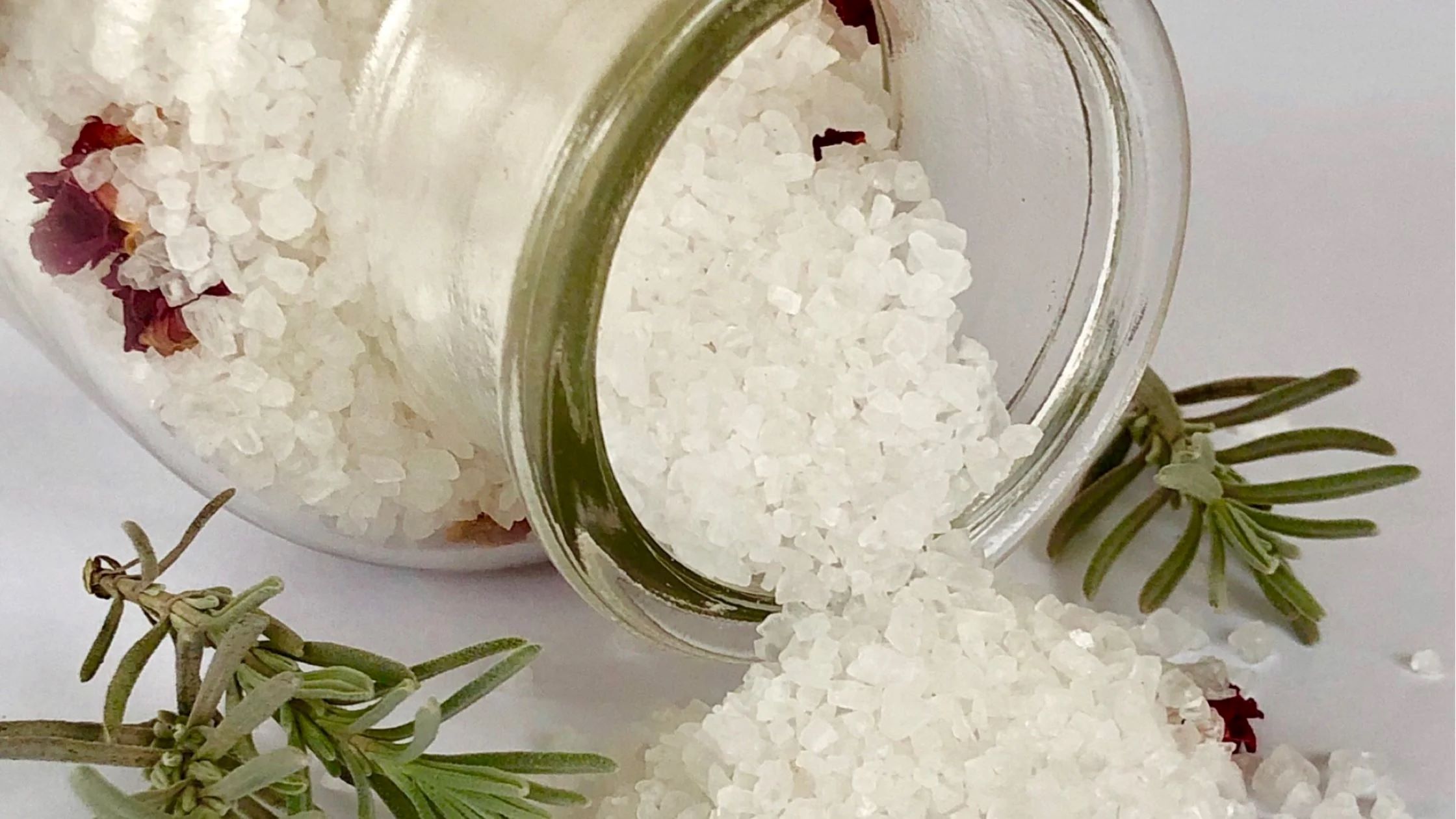
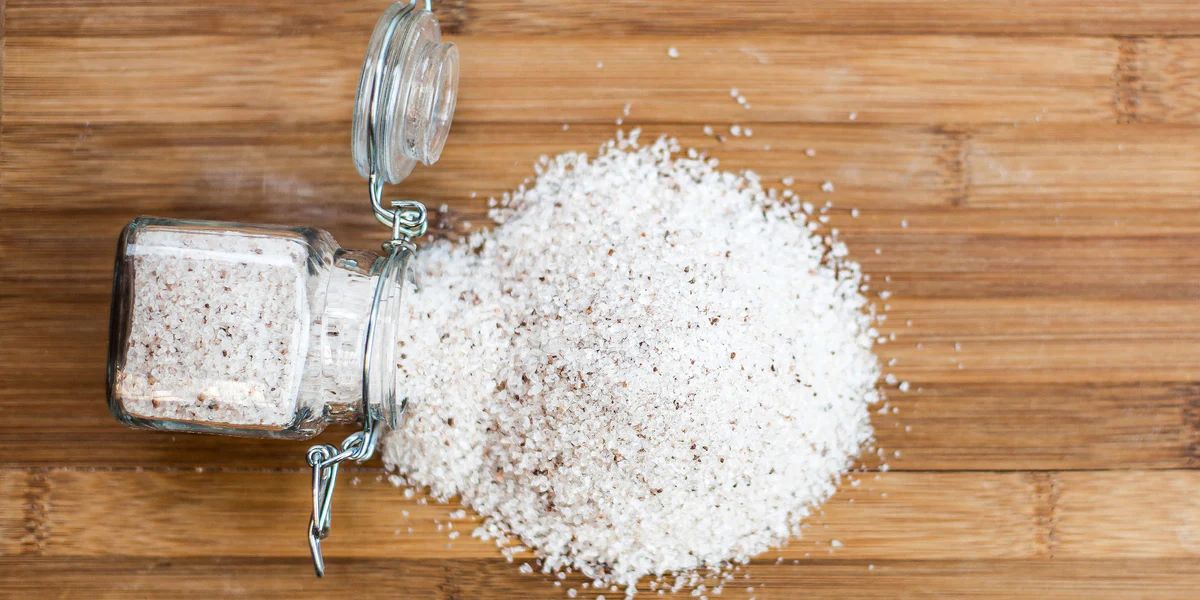
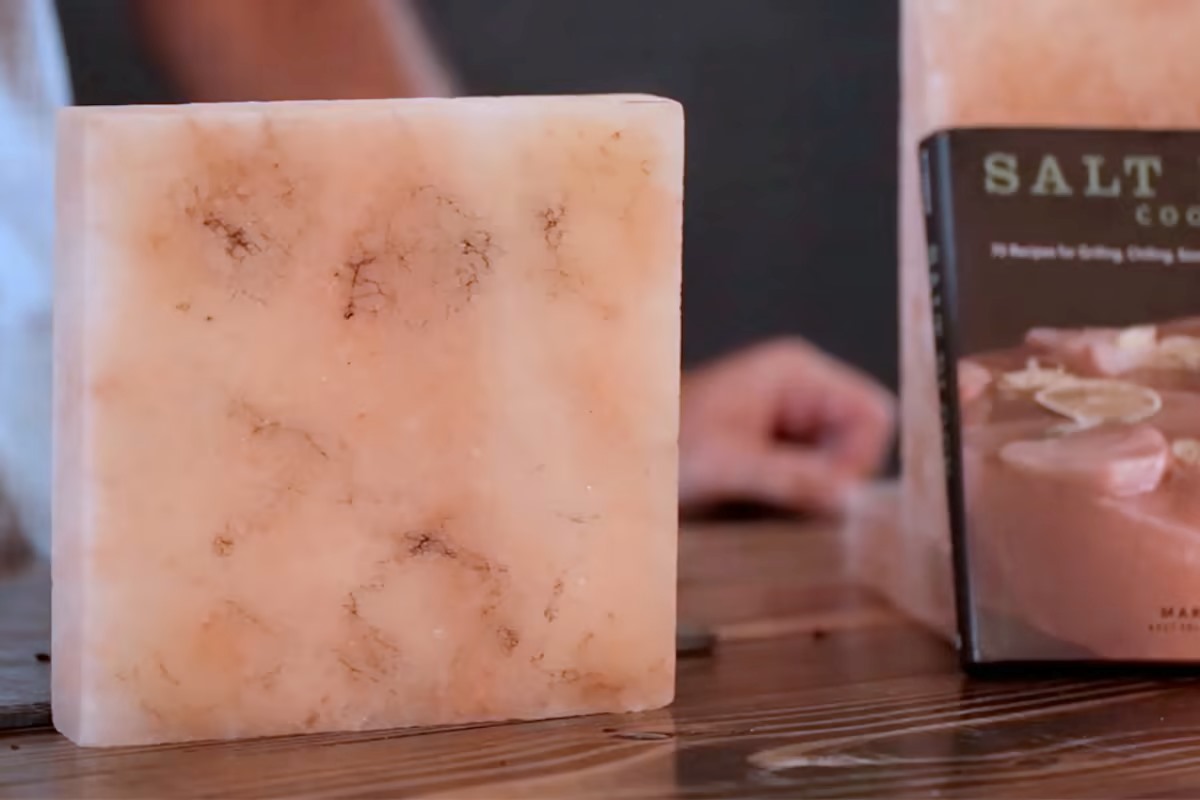
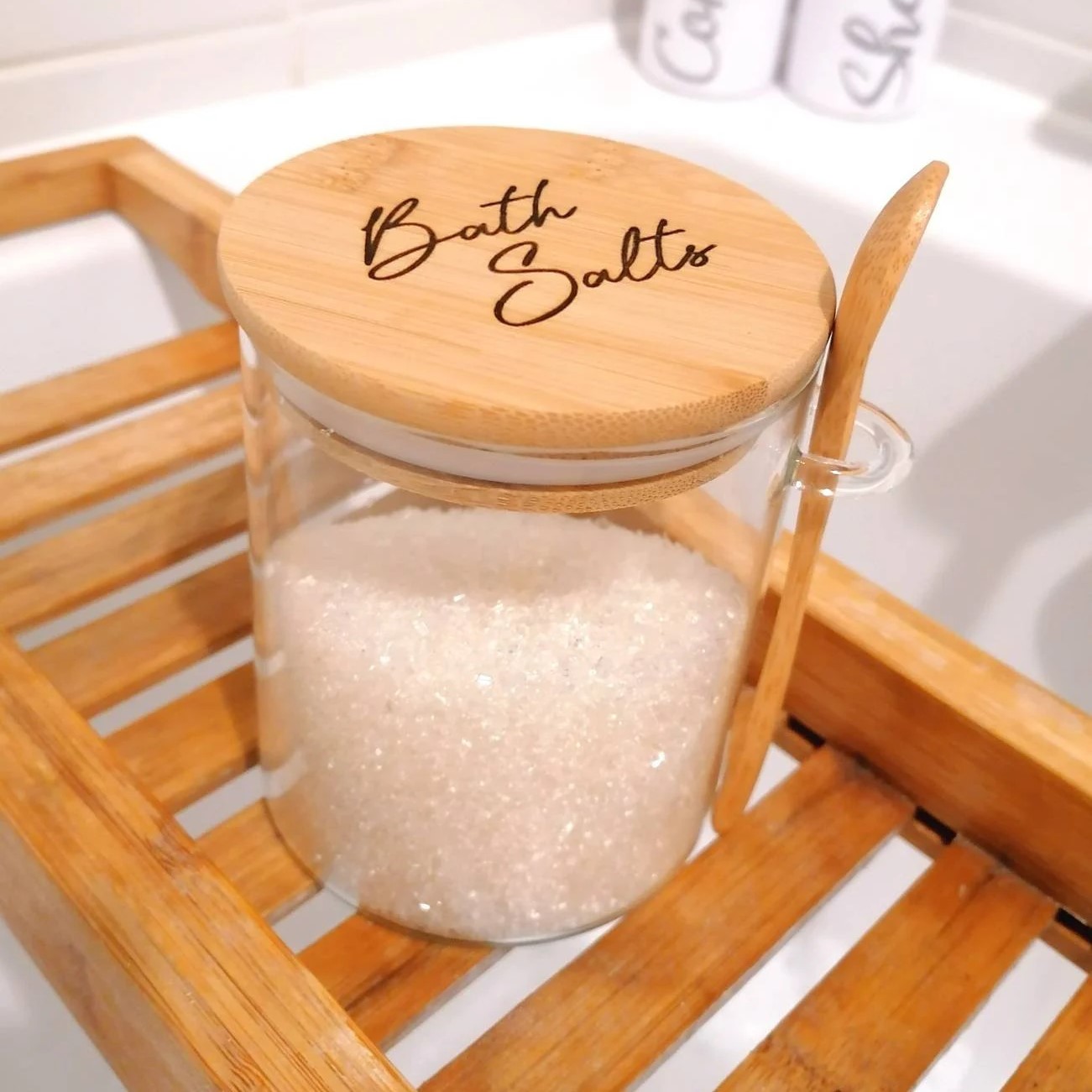
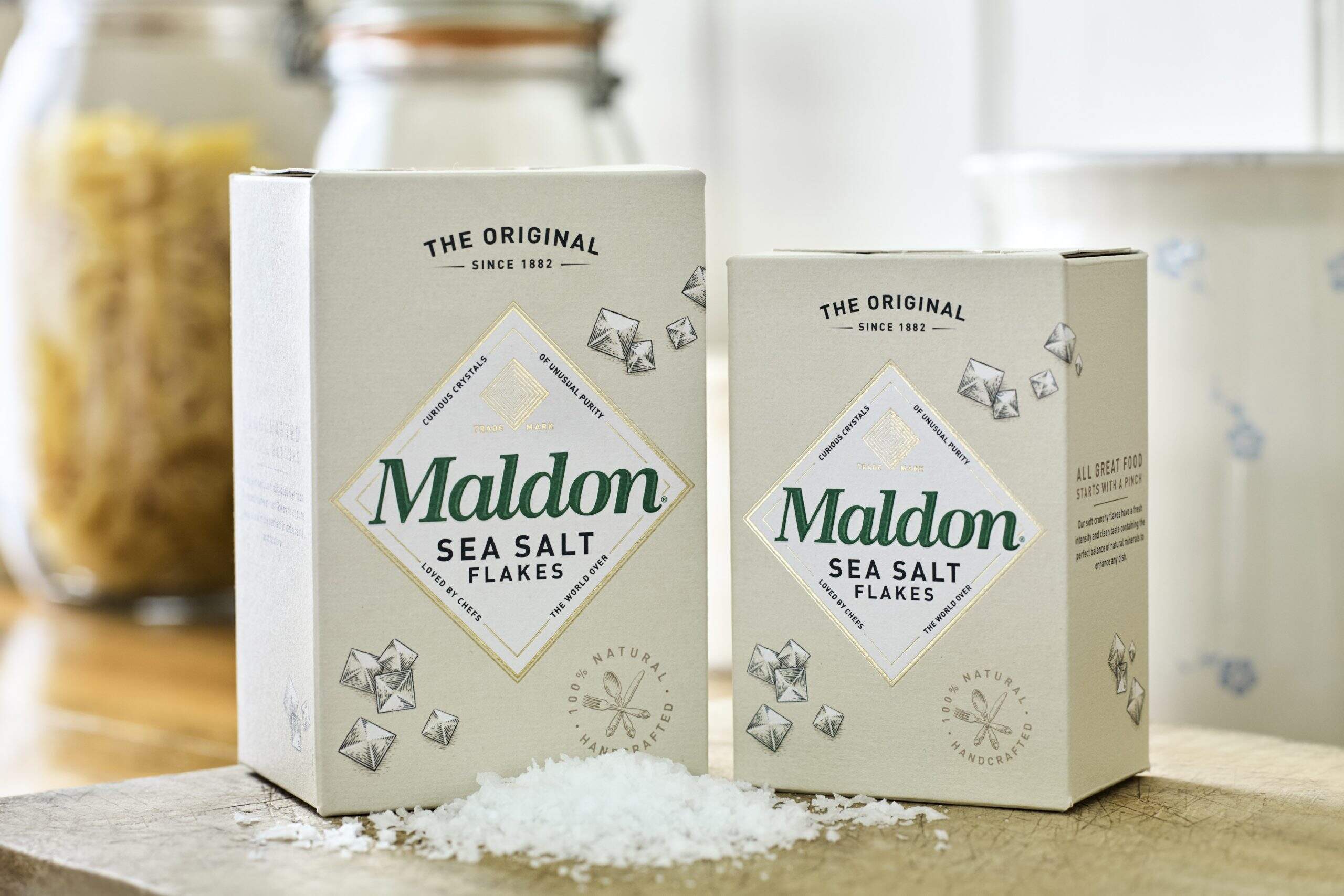
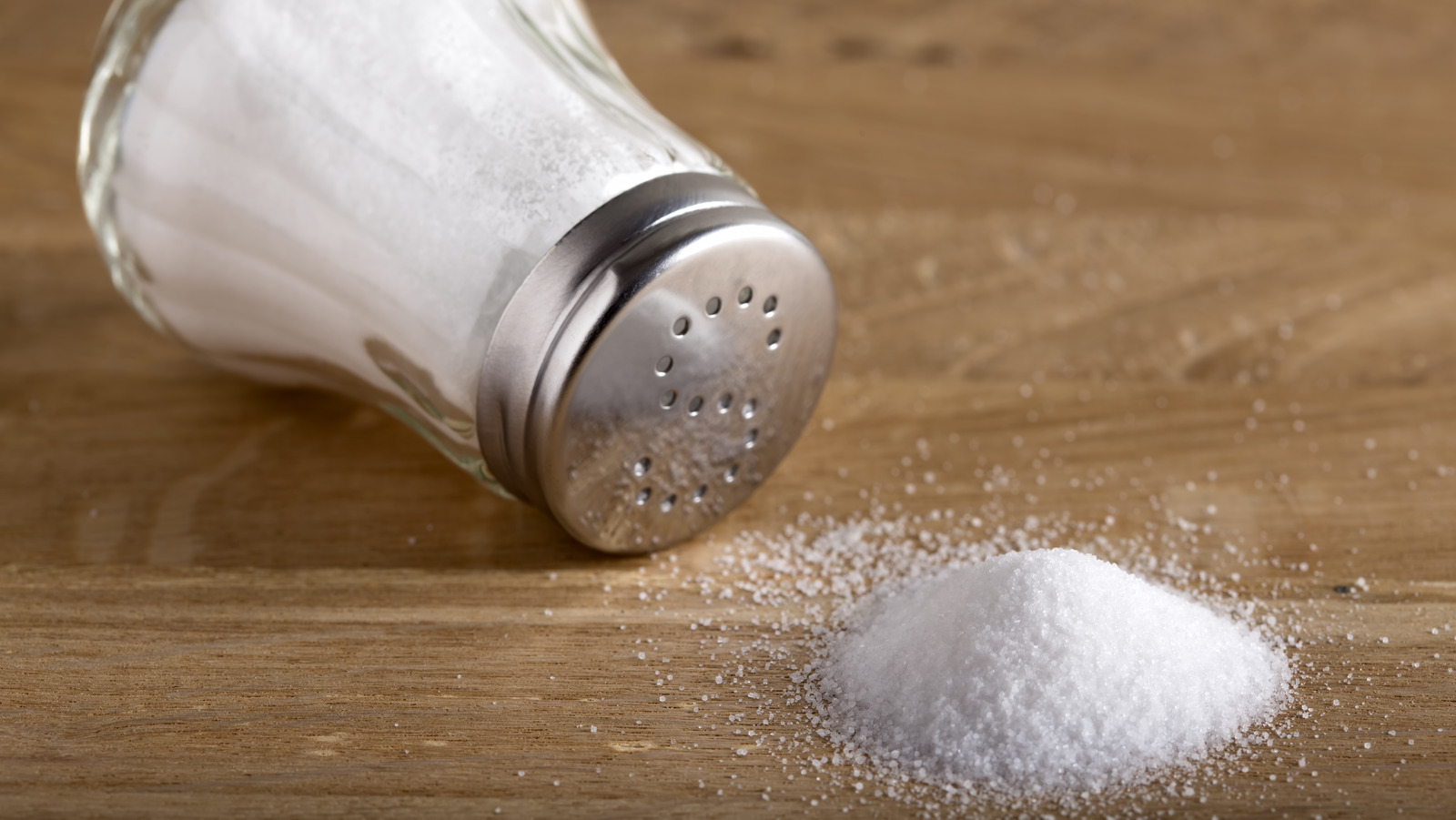

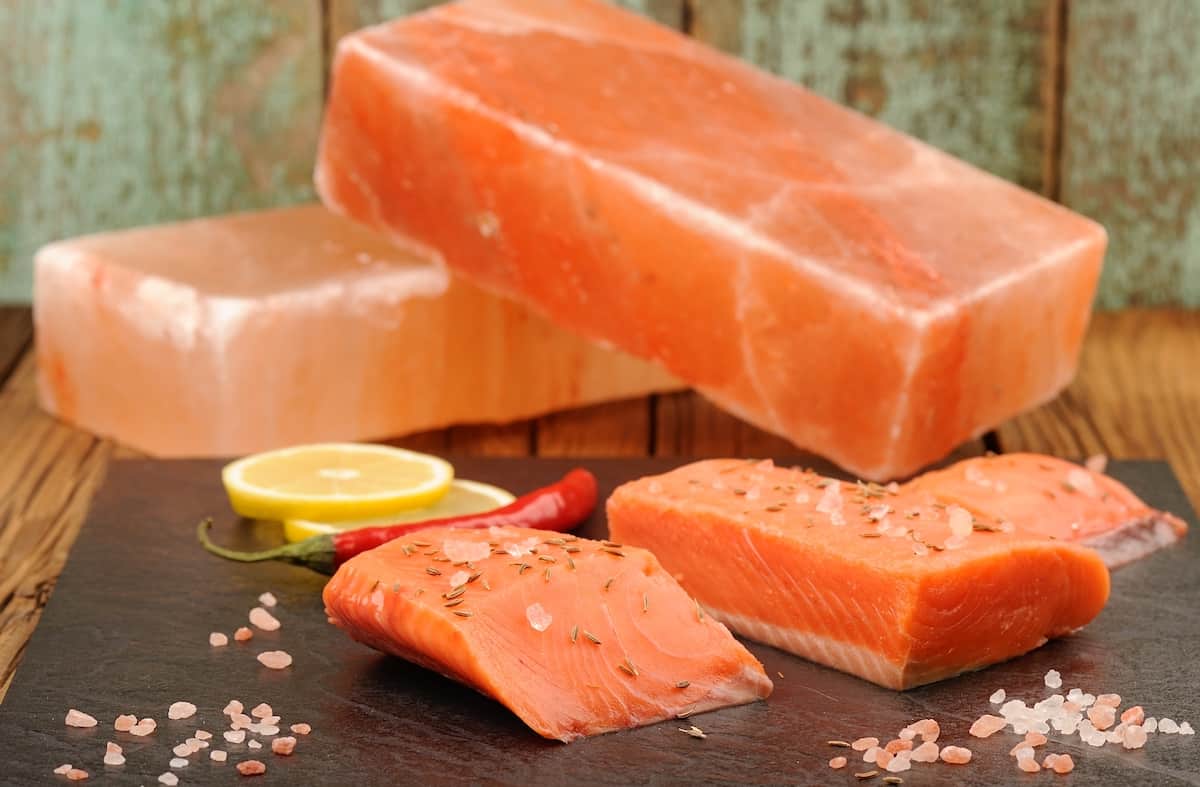
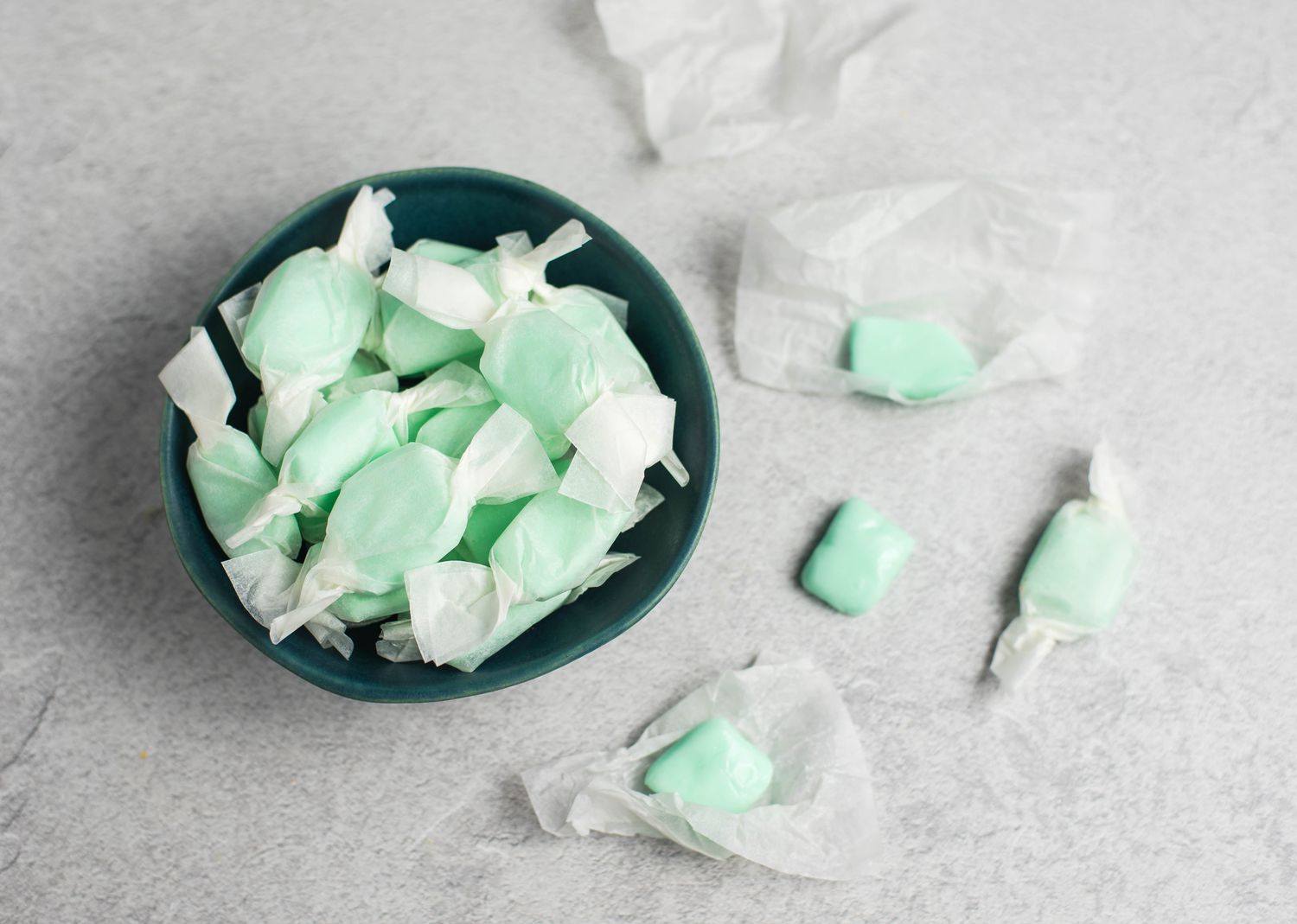
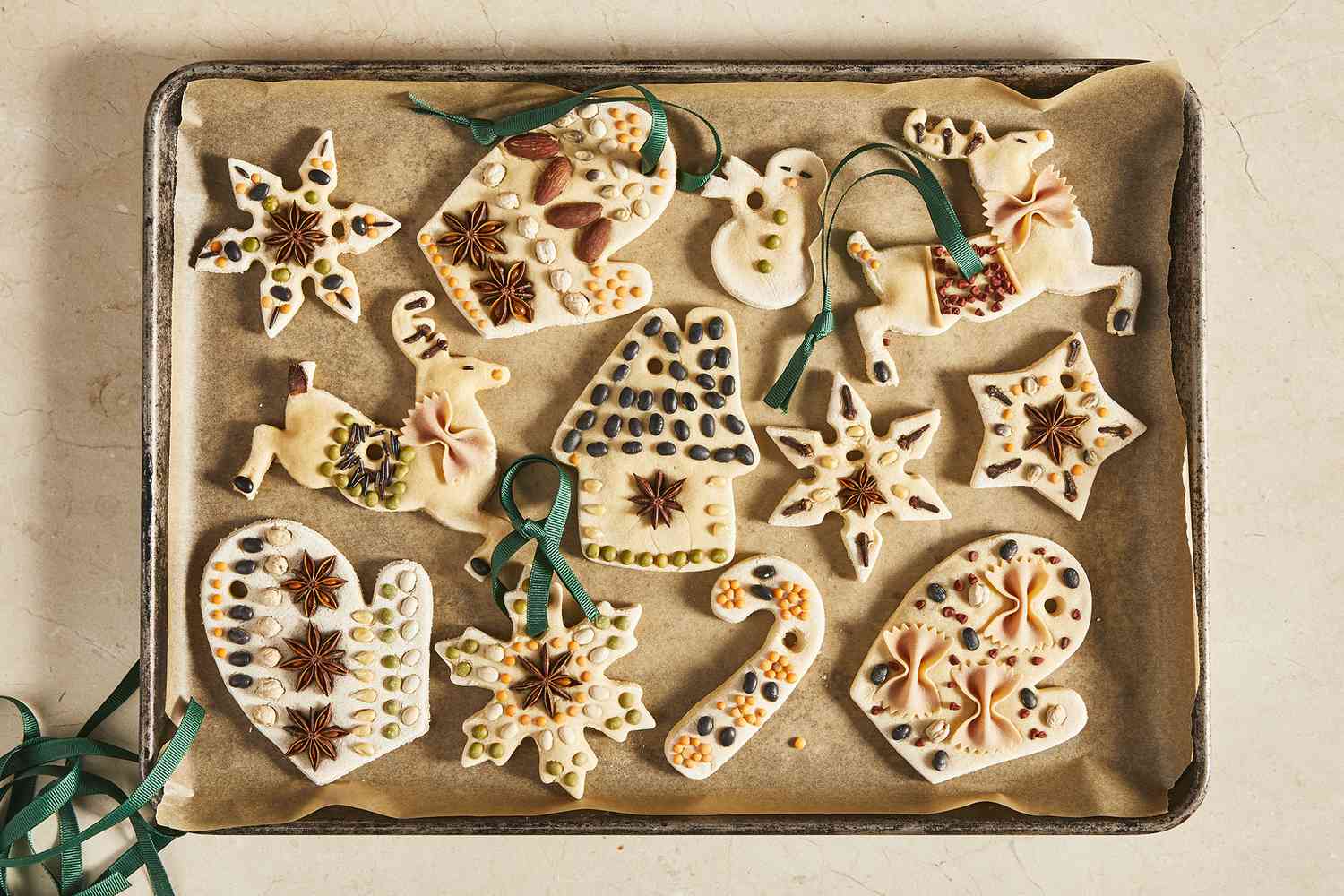

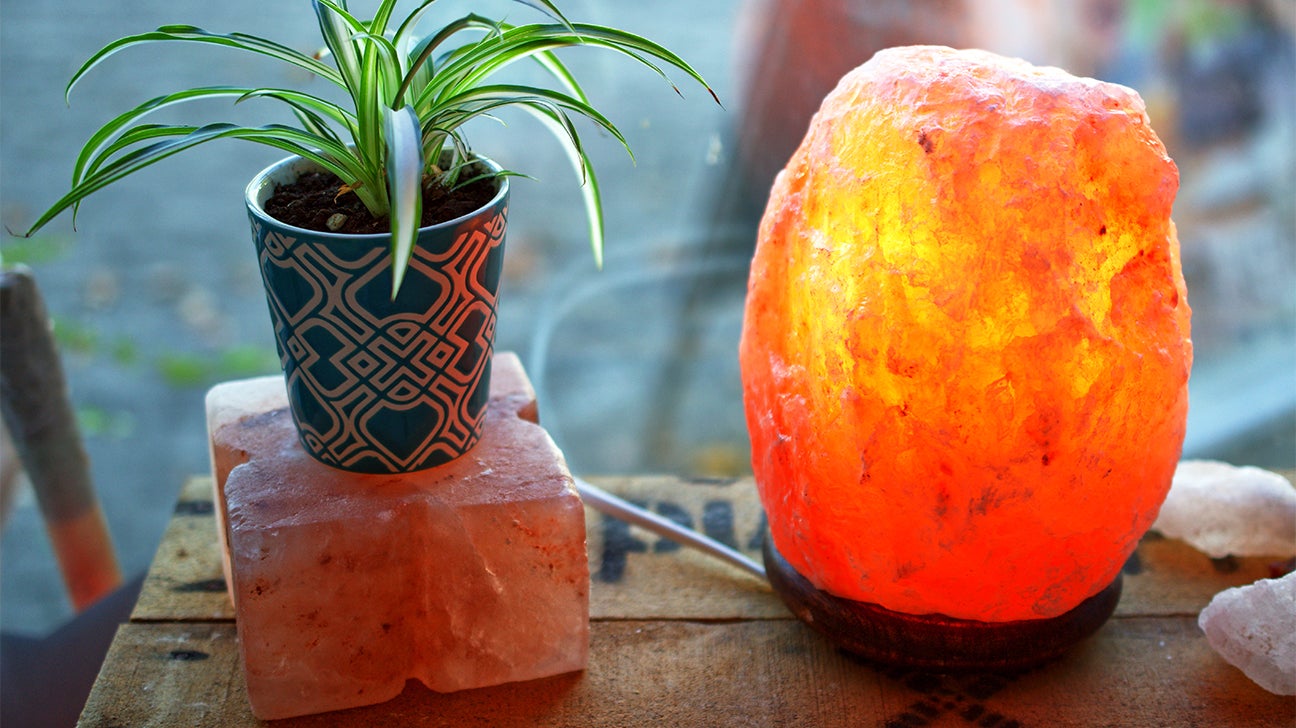
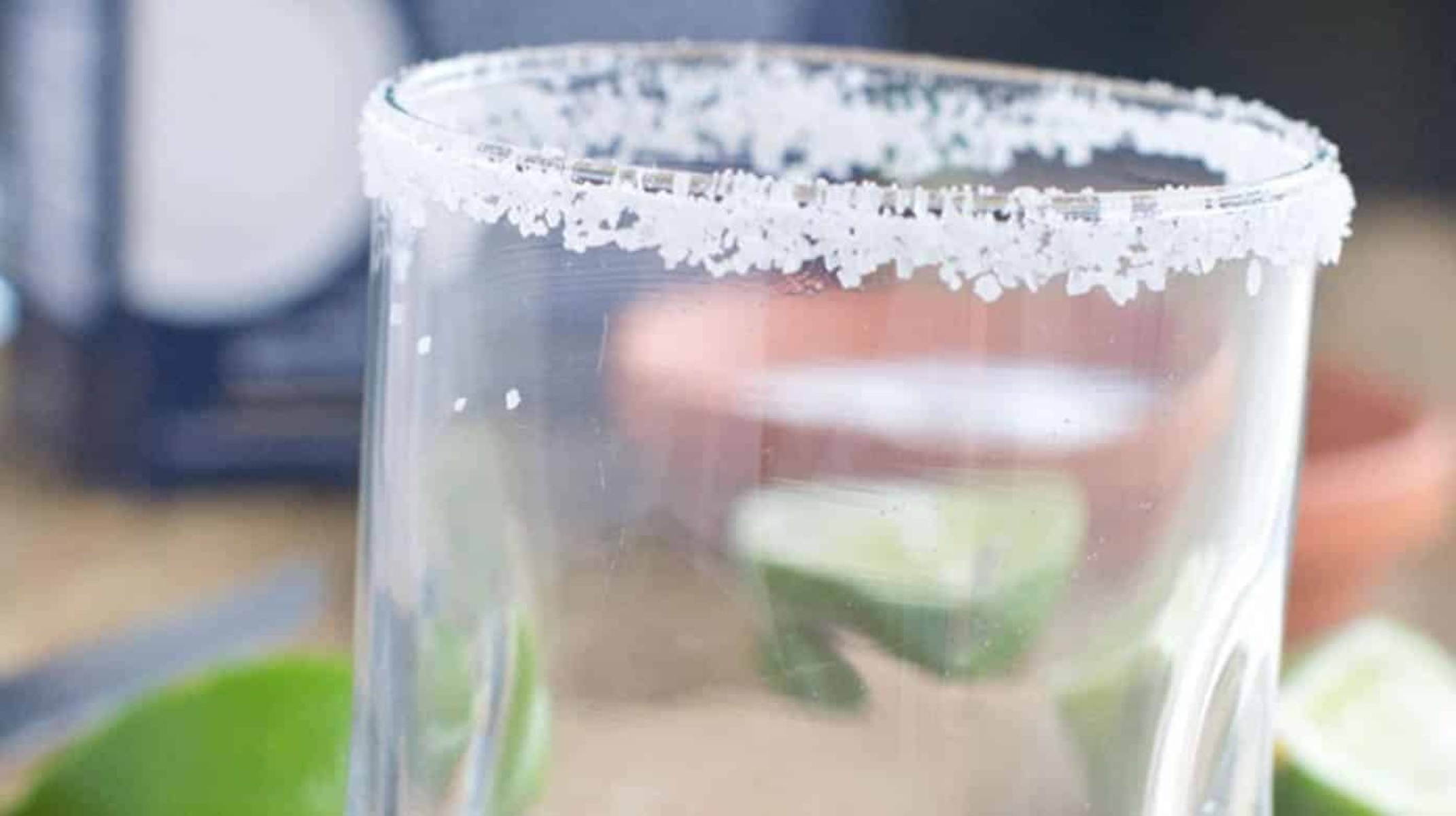


0 thoughts on “How To Store Salt In Kitchen”